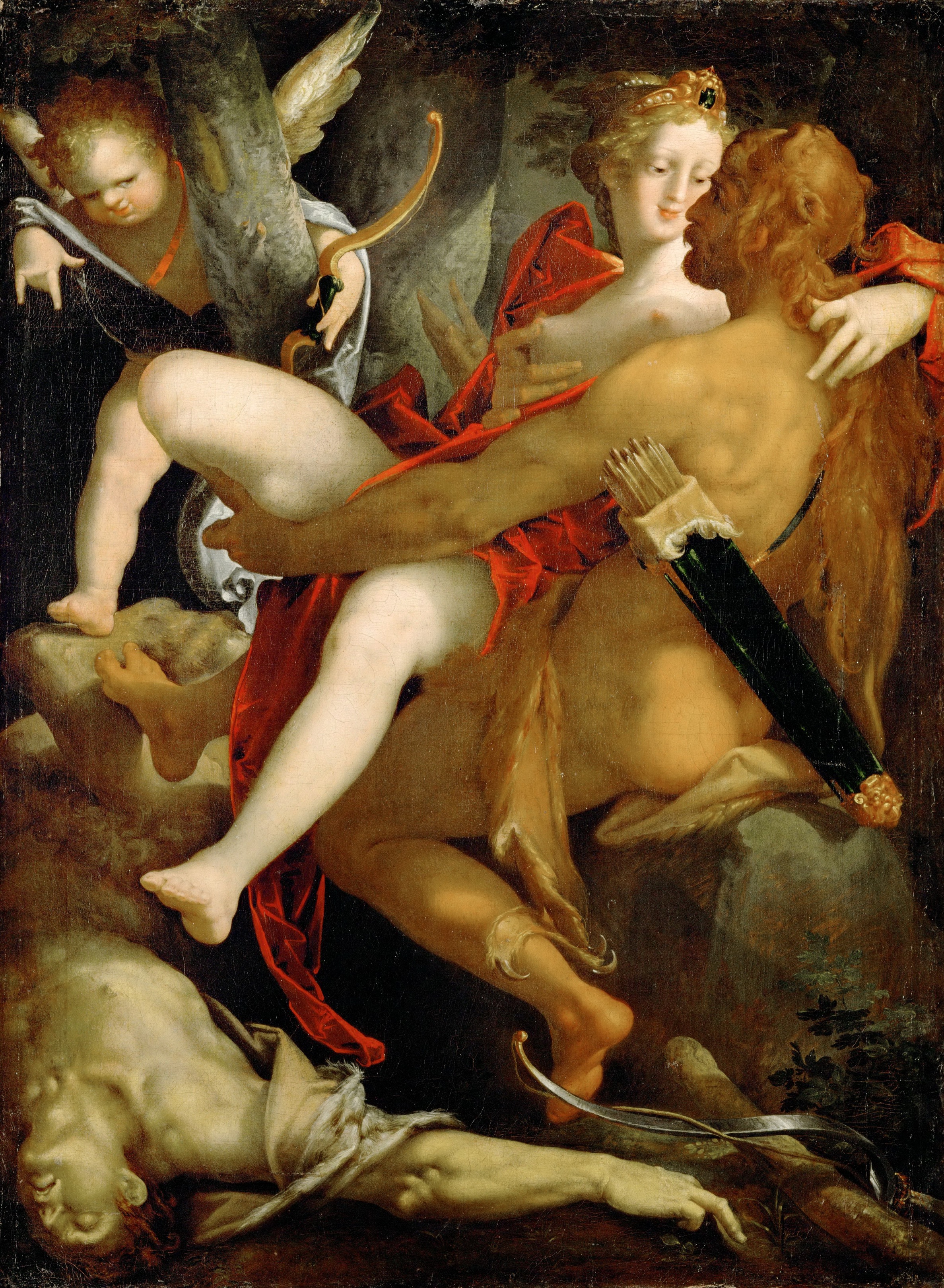|
Rudolf II
Rudolf II (18 July 1552 – 20 January 1612) was Holy Roman Emperor (1576–1612), King of Hungary and Kingdom of Croatia (Habsburg), Croatia (as Rudolf I, 1572–1608), King of Bohemia (1575–1608/1611) and Archduke of Austria (1576–1608). He was a member of the House of Habsburg. Rudolf's legacy has traditionally been viewed in three ways:Hotson, 1999. an ineffectual ruler whose mistakes led directly to the Thirty Years' War; a great and influential patron of Northern Mannerism, Northern Mannerist art; and an intellectual devotee of occult arts and learning which helped seed what would be called the Scientific Revolution. Determined to unify Christendom, he initiated the Long Turkish War (1593–1606) with the Ottoman Empire. Exhausted by war, his citizens in Hungary revolted in the Bocskai uprising, Bocskai Uprising, which led to more authority given to his brother Matthias, Holy Roman Emperor, Matthias. Under his reign, there was a policy of toleration towards Judaism ... [...More Info...] [...Related Items...] OR: [Wikipedia] [Google] [Baidu] |
Hans Von Aachen
Hans von Aachen (1552 – 4 March 1615) was a German painter who was one of the leading representatives of Northern Mannerism. Hans von Aachen was a versatile and productive artist who worked in many genres. He was successful as a painter of princely and aristocratic portraits, and further painted religious, mythological and allegorical subjects. Known for his skill in the depiction of nudes, his eroticized mythological scenes were particularly enjoyed by his principal patron, Emperor Rudolf II. These remain the works for which he is best known. He also painted a number of genre paintings of small groups of figures shown from the chest upwards, laughing, often apparently using himself and his wife as models. Von Aachen usually worked on a small scale and many of his works are cabinet paintings on copper.C. Höper. "Aachen, Hans von." Grove Art Online. Oxford Art Online. Oxford University Press. Web. 20 November 2016 The life and work of Hans von Aachen bear unique witness to ... [...More Info...] [...Related Items...] OR: [Wikipedia] [Google] [Baidu] |
Northern Mannerism
Northern Mannerism is the form of Mannerism found in the visual arts north of the Alps in the 16th and early 17th centuries. Styles largely derived from Italian Mannerism were found in the Netherlands and elsewhere from around the mid-century, especially Mannerist ornament in architecture; this article concentrates on those times and places where Northern Mannerism generated its most original and distinctive work. The three main centres of the style were in France, especially in the period 1530–1550, in Prague from 1576, and in the Netherlands from the 1580s—the first two phases very much led by royal patronage. In the last 15 years of the century, the style, by then becoming outdated in Italy, was widespread across northern Europe, spread in large part through prints. In painting, it tended to recede rapidly in the new century, under the new influence of Caravaggio and the early Baroque, but in architecture and the decorative arts, its influence was more sustained. Backgro ... [...More Info...] [...Related Items...] OR: [Wikipedia] [Google] [Baidu] |

.jpg)
